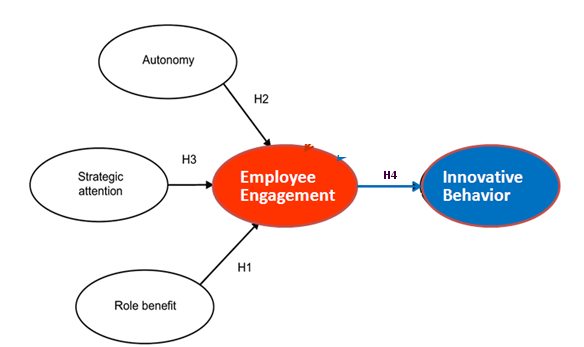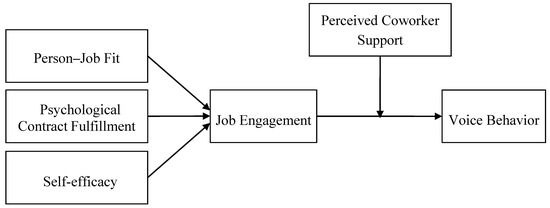Peerless Employee Engagement Kahn 1990

Kahn 1990694 defines employee engagement as the harnessing of organization members selves to their work roles.
Employee engagement kahn 1990. Although it is acknowledged and accepted that employee engagement is a multi-faceted construct as previously suggested by Kahn 1990 Truss et al 2006 define employee engagement simply as passion for work a psychological state which is seen to encompass the three dimensions of engagement discussed by Kahn 1990 and captures the. This includes the expression of thoughts and feelings questioning assumptions and innovating. In engagement people employ and express themselves physically cognitively and emotionally during role performances.
Dengan menginvestasi diri sepenuhnya ke dalam peran kinerja Kahn 1990. Find out why our employee engagement. According to Kahns 1990 personal engagement theoretical framework people express themselves physically cognitively and emotionally in the roles they occupy.
Kahn argued that Goffmans work focused on fleeting face-to-face encounters while a different concept was needed to fit organisational life which is ongoing emotionally. Since Kahns 1990 seminal paper on engagement researchers have treated employee engagement as both a trait-like and momentary construct resulting in confusion over the stability of the construct. Kahn believed that was the wrong approach.
The study on employee engagement by Kahn 1990 Goffman 1961 who proposed that peoples attachment and detachment to their role varies Kahn 1990694. Academy of Management Journal Volume 33 pp. Membentuk konsep employee engagement sebagai lawan dari burnout yang didefinisikan sebagai keadaan afektif yang positif yang dicirikan dengan tingkat keaktifan dan kebahagiaan yang tinggi.
22 rows William A Kahn. Employee engagement is said to have started in 1990 the concept introduced by Kahn in his Psychological Conditions of Personal Engagement and Disengagement at Work article. Kahn advocated a different approach.
KAHN Boston University This study began with the premise that people can use varying degrees of their selves physically cognitively and emotionally in work role. Kahns influence can be seen in todays organisational practices such as implementing wellbeing strategies physical engagement workshops to include staff in the values and strategies of the organisation cognitive engagement and developing management programmes that use coaching and active listening emotional engagement. In 1990 Kahn identified three psychological conditions necessary for engagement meaningfulness safety and availability and defined personal work engagement as.











